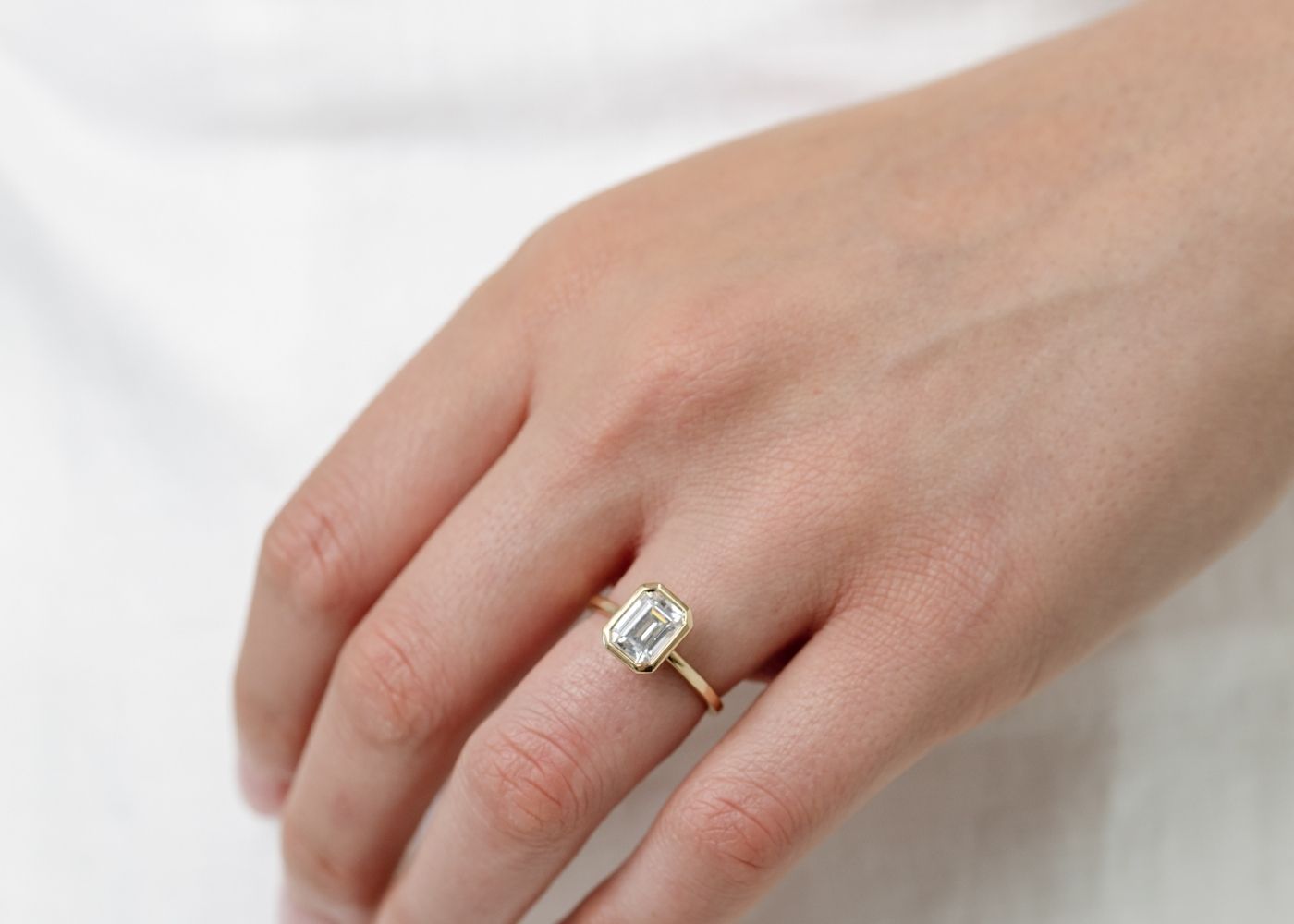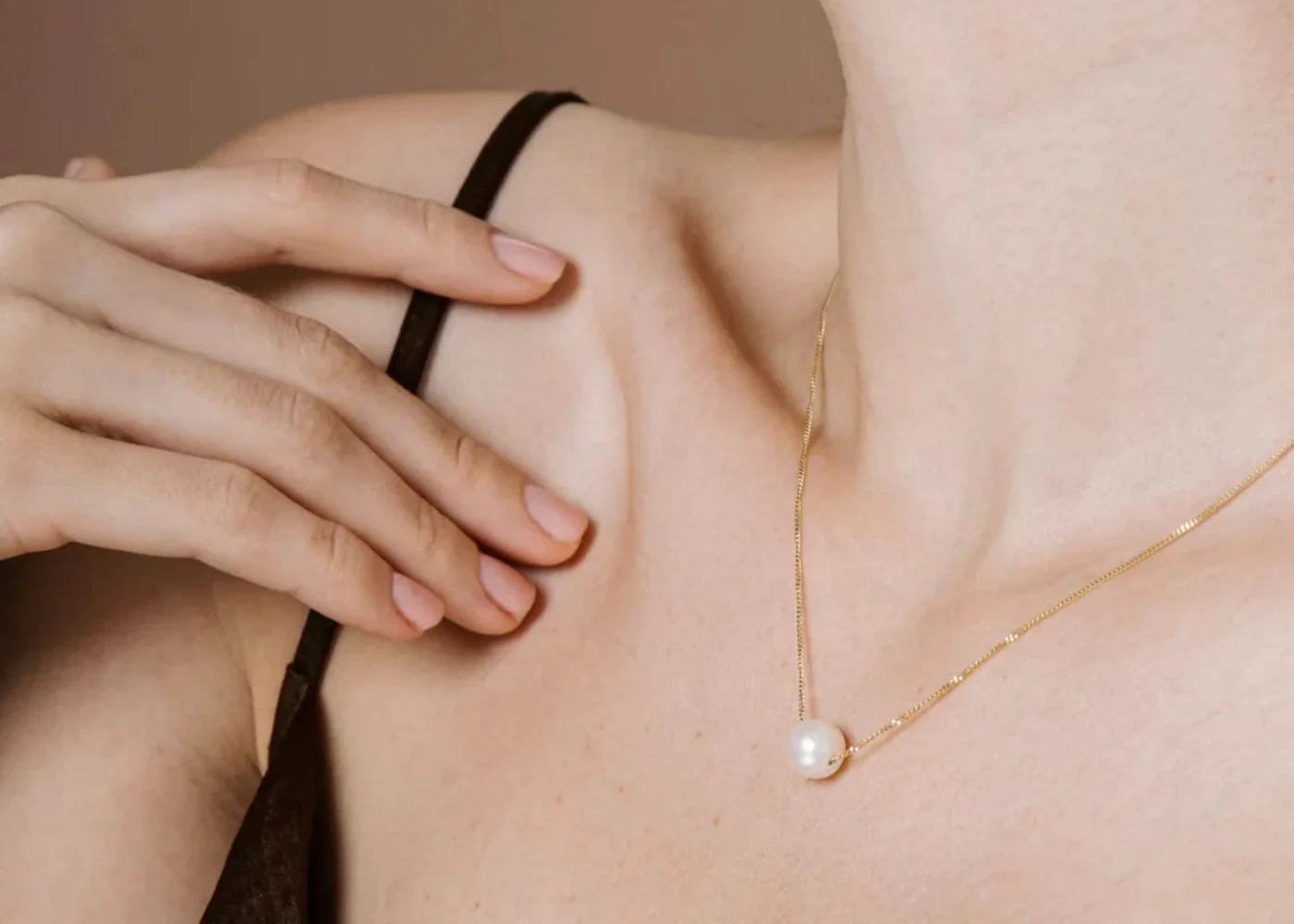Loupe
Types of Loupes
- Simple lenses used for low-magnification designs
- Compound lenses used for higher magnifications
- Prismatic lenses with multiple lenses and prisms
- Binocular loupes provide a stereoscopic view and are commonly used in medical and dental fields.
- Monocular loupes have a single eyepiece and are often used in industries such as jewelry and watchmaking.
- Flip-up loupes can be easily flipped up when not in use, allowing for quick transitions between magnified and normal vision.
- TTL (Through-The-Lens) loupes are integrated into specialized eyeglasses, providing a customized and comfortable fit.
- Clip-on loupes can be attached to existing eyeglasses, offering a convenient and cost-effective magnification solution.
Uses of Loupes
- Gemologists and jewelers use loupes for magnification during diamond and gemstone inspections.
- Dentists and dental hygienists use loupes for improved visualization during dental procedures.
- Watchmakers and repair technicians use loupes for precise work on small watch components.
- Surgeons and medical professionals use loupes for magnification during surgeries and procedures.
- Inspectors and quality control personnel use loupes for detailed examination of products and materials.
Magnification and Clarity
- Loupes come in various magnification levels, typically ranging from 2x to 8x, allowing for detailed examination of objects.
- Higher magnification loupes provide greater detail but may have a narrower field of view.
- Loupes with adjustable magnification settings offer flexibility for different tasks and visual needs.
- The GIA Clarity Scale is used in the diamond industry to assess the presence of inclusions and blemishes under loupe magnification.
- Loupes enhance the detection of occlusal caries (tooth decay) and aid in treatment decision-making in dentistry.
Ergonomics and Comfort
- The use of loupes can improve posture and reduce musculoskeletal pain among dental professionals.
- Ergonomic design features, such as adjustable declination angle and interpupillary distance, enhance comfort during prolonged use.
- Proper fitting and alignment of loupes are crucial for optimal visual performance and ergonomic benefits.
- Loupes with lightweight materials and balanced weight distribution minimize strain on the neck and head.
- Customizable accessories, such as headbands and frames, allow for personalized fit and comfort.
Additional Resources
- Bioptic telescopes, loupe lights, and pocket comparators are related tools that offer specialized magnification capabilities.
- Webster's New World College Dictionary provides definitions and explanations of loupe-related terms.
- Bryant Dental offers information and resources on loupes in the dental field.
- Lexico.com (formerly Oxford Dictionaries) provides archived information on loupes.
- The Loupes Company offers frequently asked questions and additional information on loupes.
Loupe Data Sources
| Reference | URL |
|---|---|
| Glossary | https://harryandcojewellery.com.au/blogs/glossary/loupe |
| Wikipedia | http://en.wikipedia.org/wiki/Loupe |
| Wikidata | https://www.wikidata.org/wiki/Q2474207 |
| Knowledge Graph | https://www.google.com/search?kgmid=/m/02rtgs_ |





